#writing history
Text
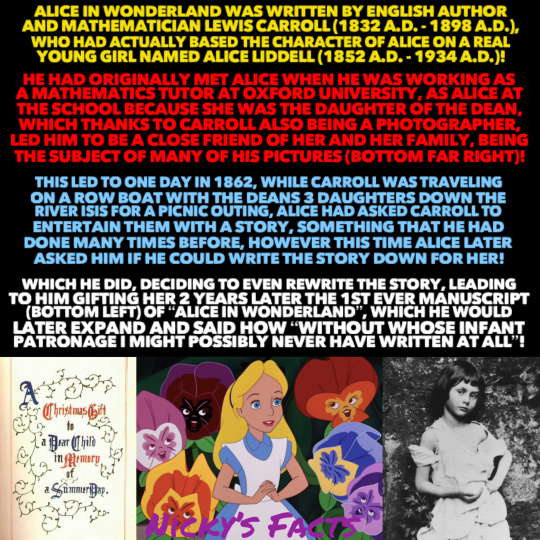
Alice was a real person!🫖
🦤📖🌹
#history#alice in wonderland#lewis carroll#alice liddell#disney#writing history#victorian age#oxford university#england#historical figures#womens history#novel#1860s#disney 100#animation#disney girl#soft girl#author#alice through the looking glass#disney world#english history#disney paris#books#historical women#disney movies#victorian england#1800s literature#nickys facts
51 notes
·
View notes
Text
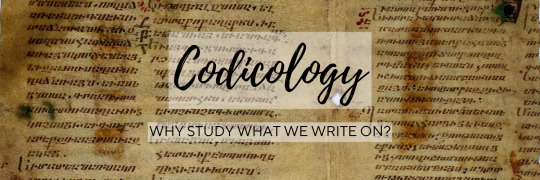
“The manuscript book isn’t only the necessary medium for the trasmission of ancient and medieval culture: it’s also a complex and dynamic object, which reflects, in its appearance and physical structure, the cultural, economical, social and political changes through the centuries.” - Marilena Maniaci.
Throughout history, humankind has always felt the need to communicate, and to fulfil that need has used a variety of recipients for their writing — organic, inorganic, of plant or animal origin… Before, and alongside, the well-known triptych of papyrus-parchment-paper were and are clay, shards of pottery, metals, fabrics, leaves, wood, bones…


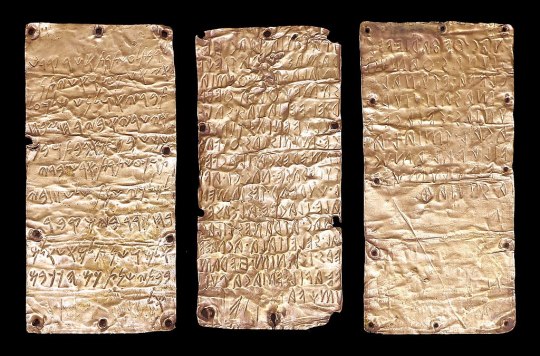
Any writing, in its materiality, is a two-faced coin. One face is that which can be easily (or not) seen, such as the text and the images. The other face is all that is not seen, be it inside the writing, such as the material aspects, the structure, the techniques, or outside the writing, such as the culture or socio-economic situation.
While philology and palaeography study the text and images are the interest of art historians, that hidden other face is the subject of research of codicology, particularly in its acceptation of archaeology of manuscripts. Codicology is a relatively recent branch of studies, which originates as an ancillary science to philology and palaeography and as such still lacks a unified method or mission, but in the aforementioned meaning of the term and for what concerns us, it can be defined as the study of the history of codices (sing. codex).
Codicology, then, studies the codex in everything that isn’t text and writing, and partially images (although all of these things give contextual information, and are taken into consideration). But what, exactly, is a codex?
A codex isn’t a book, it’s not even a scroll - at least, not necessarily. As defined by Marilena Maniaci a codex is “a container of information, mostly textual, but also visual and musical, in which the dimension of immaterial ideas interacts, in different and complex ways, with the materiality of the object.” More simply, a codex is any object consisting of a material which has been written on or which was meant to be written on and which has been bound or could have been bound.
A scroll is a codex, a book is a codex, but also ostraka (pottery shards) which have been tied together through holes, or a single and quite big piece of vellum which has been folded.
The three following images are all codices, as different as they may seem!


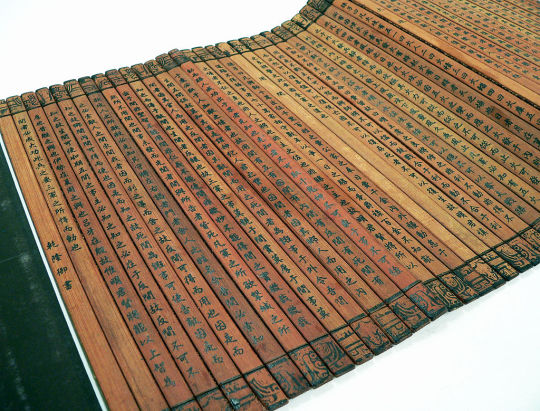
Codicology studies the materials a codex is composed of, the way it was produced, used, re-used, its history throughout the years, in whose hands it ended up and how its “adventures” influenced its physicality. These informations, seemingly of secondary importance, can give us interesting insights on the times the codex “lived” through.
#history chirp#history#material history#manuscript#manuscript history#medieval manuscripts#papyrus#parchment#paper#writing table#codicology#codex#medieval codex#book of hours#writing history
11 notes
·
View notes
Text

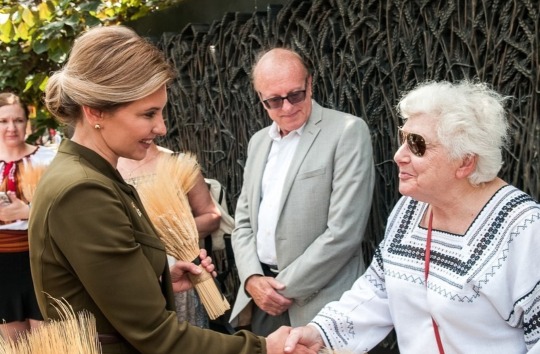



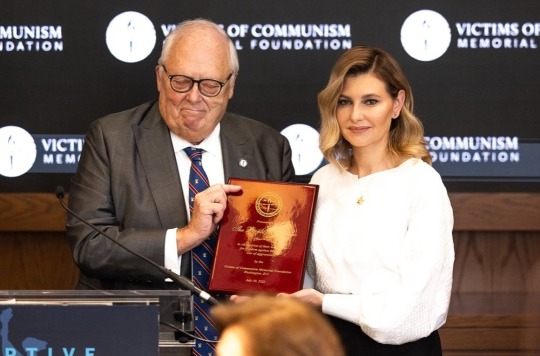



First Lady Olena Zelenska is on a work visit in Washington.
#okay you all know i love her a lot#so im LIVING FOR ALL THE PICS AND VIDEOS#because she looks superb#no seriously the styling is 🤌🤌🤌#also interesting what she wore to which event#using clothes to send a message#besides that im loving a strong powerful intelligent woman#she literally is THE QUEEN#kicking russias ass#you go girl#writing history#that trip was probably one of the smartest moves in this whole war and so meaningful and symbolic#god bless these two for knowing how and when to do such stuff#olena zelenska
29 notes
·
View notes
Text
"The winners write history. I shouldn't have to explain that to you. So they take credit they don't deserve. So what? It's never been any different. Back then, when we were winning, we did the same thing. Now they are. Writing history the way they see it. The real mistake is to expect that anybody would do otherwise." -Ayad Akhtar, Homeland Elegies
3 notes
·
View notes
Text
4 notes
·
View notes
Text
It's really starting AAAAAAAAAHHHHH
3 notes
·
View notes
Text
I was yesterday years old when I learned O. Henry (the famous short story writer) really got his writing career going when he spent several years in an Ohio prison for white collar financial crimes (he claimed it was all a misunderstanding). He had an acquaintance in New Orleans who would submit the stories he wrote for him on his behalf.
2 notes
·
View notes
Text
One day you think: I want to die. And then you think, very quietly, actually I want a coffee. I want a nap. A sandwich. A book. And I want to die turns day by day into I want to go home, I want to walk in the woods, I want to see my friends, I want to sit in the sun. I want a cleaner room, I want a better job, I want to live somewhere else, I want to live.
#writing#chaotic aesthetic#dark acadamia aesthetic#dark academia#light academia#dark academia quotes#history#museums#studyblr#antiques
67K notes
·
View notes
Text
a twitter thread that actually killed me
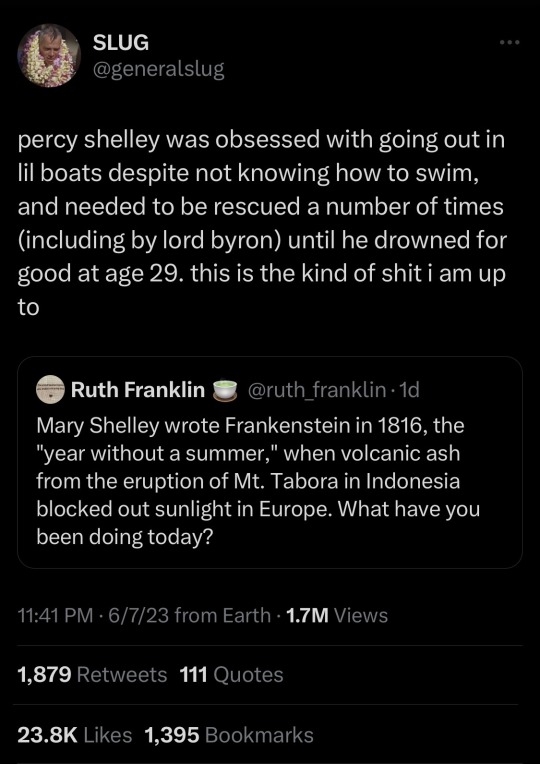
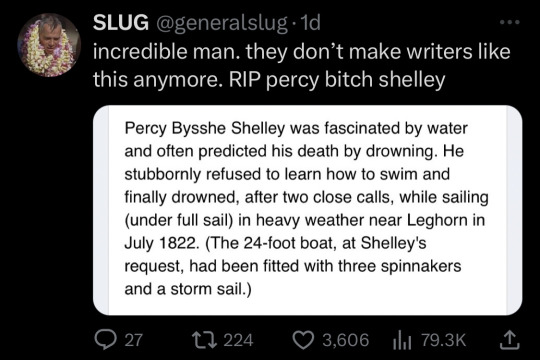








#percy shelley#percy bysshe shelley#mary shelley#lord byron#memes#funny#twitter#screenshots#jokes#lit memes#english lit memes#literature#english literature#dark academia#poetry#romanticism#history#writing#dramatic#goth#shelleys#geneva 1816#the geneva squad#geneva squad
78K notes
·
View notes
Text
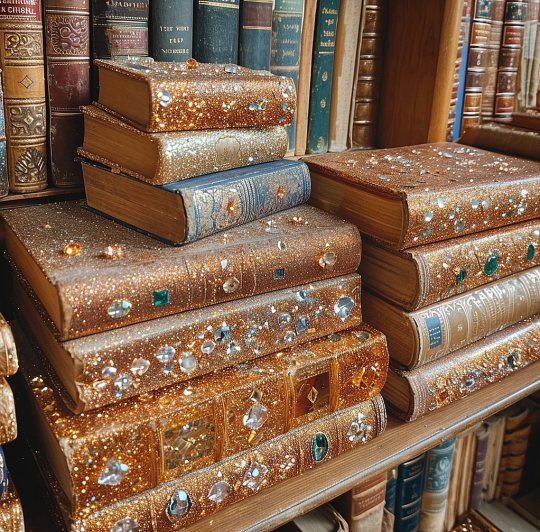
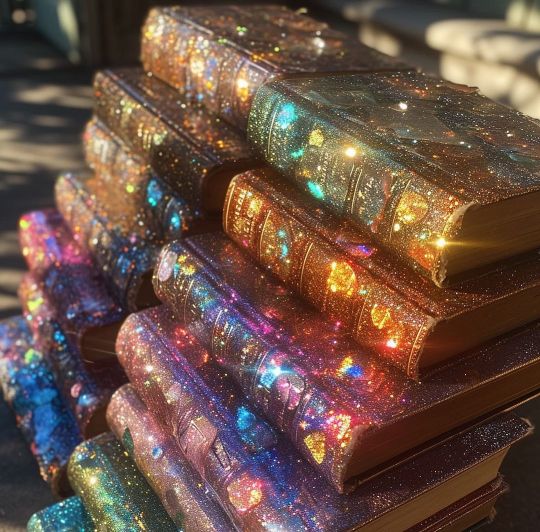
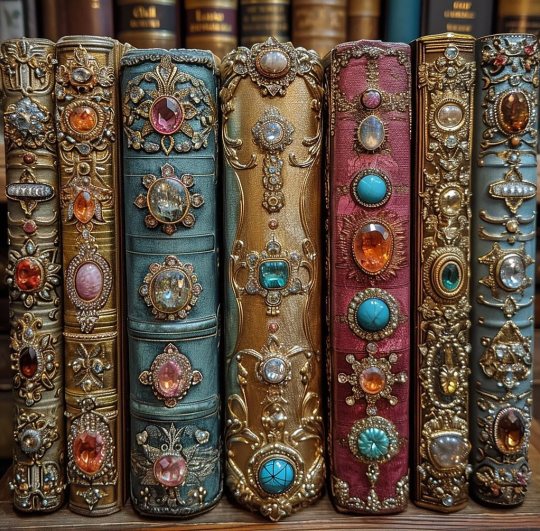
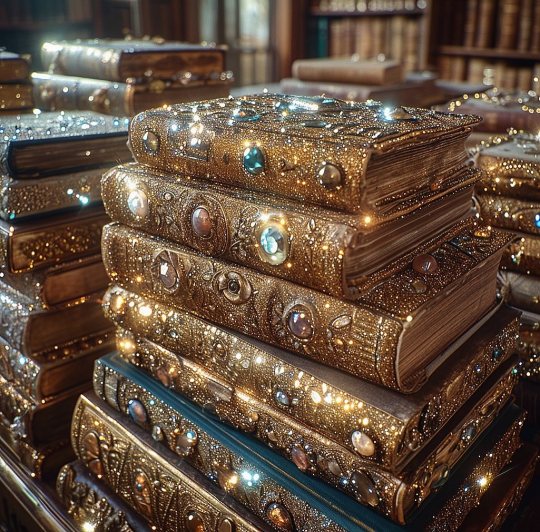
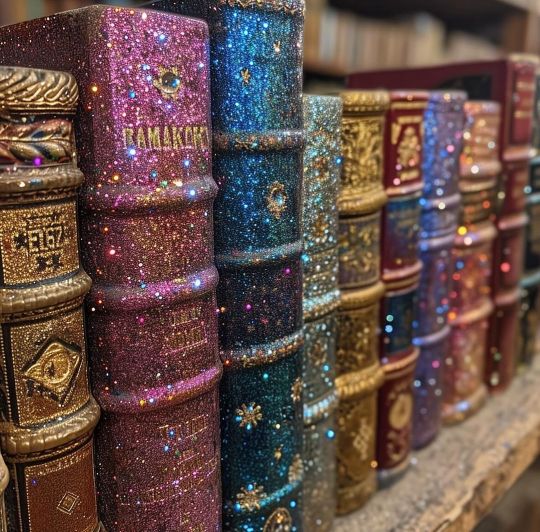
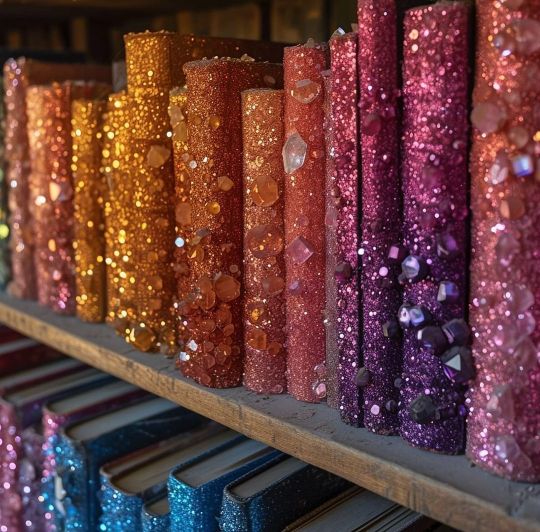
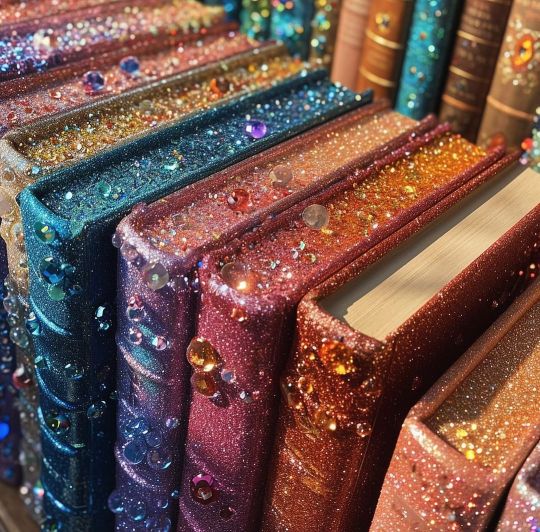

#alıntı#kitap#reading#landsccape#booklover#books#culture#home lifestyle#books and libraries#literature#photography#writing#currently reading#ctiy#travel#landscape#vintage#history#arte#arhitecture#trees#view#scenery#bookworm#romance quotes#edebiyat#studyblr#studyspo#tumblarians#spilled thoughts
14K notes
·
View notes
Text
I was really unprepared for the sheer volume of times I would need to remind myself at Oxford uni that I actually can read and also write.
Fully started a new blog just because I found myself telling myself that, incredibly, I am literate.
#university#uni#reading history#writing history#ba history#oxford#oxford university#Oxford uni#I promise that i can read and write#I just also can’t
1 note
·
View note
Text

Being forced into a arranged marriage, a tale as old as time!👑
🌹
#history#garbrielle-suzanne de villeneuve#la bella e la bestia#beauty and the beast#fairy tale#france#writing history#princess#disney#female author#arranged marriage#french history#historical figures#girly girl#women supporting women#disney world#disney princess#magic kingdom#just girly things#womens history#disney girl#princesscore#soft girl#historical women#disney history#girl problems#nickys facts
41 notes
·
View notes
Text

When we think about what we write on, we tend to only consider a well-known triptych — papyrus, parchment, and paper. While these three materials are indeed emblematic for the history of writing, they are not the only ones. In fact, mankind has been writing on just about anything, from rocks to silk.
Writing materials can be divided as inorganic or organic, and the latter further defined as animal or plant-based. Let’s take a quick look at the possibilities (I will go into more detail in future posts).
Inorganic writing materials can be clay, metals, or minerals.
Organic writing materials of vegetable origin can be leaves, wood, linen and papyrus, or paper. Animal-based materials can instead be bones, secretions such as silk, or leather and parchment.

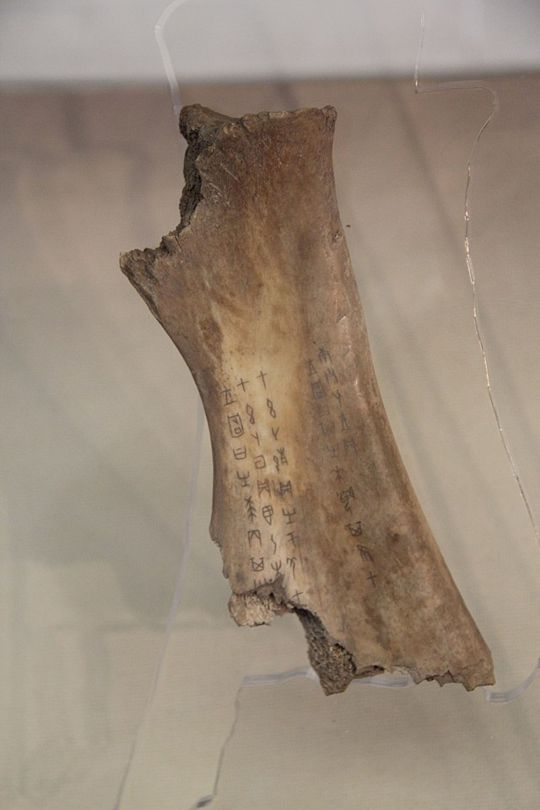
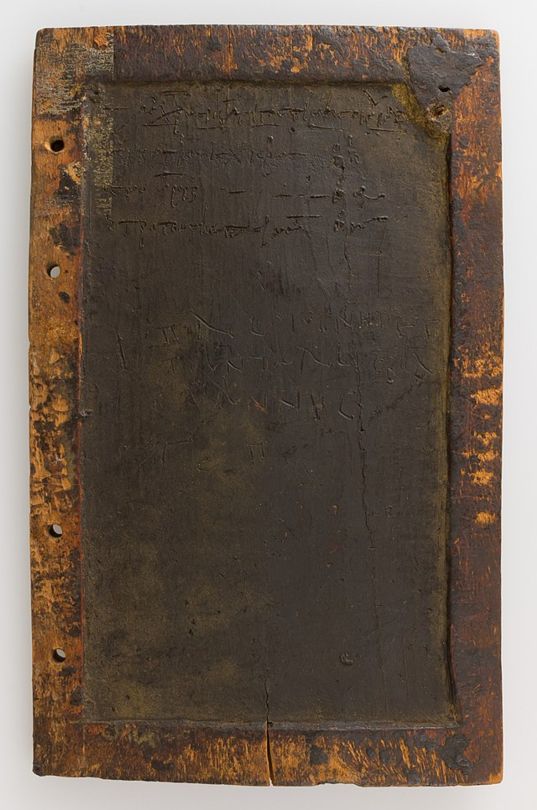

We might think that the history of writing materials is merely an upward climb of progress, beginning with inorganic supplies and gradually moving on to simple organic ones, then to more elaborate organic ones, papyrus scrolls, parchment, and then paper at last. As any time we reduce history to progress, we would be mistaken. It is true that as a general rule writing materials through the ages became lighter and thus easier to transport, to write on and to store. It is also true that after the Middle Ages, most of the writing was done on parchment and then paper. Still, we must not oversimplify the reasons that factor into the choice of a certain writing supply.
When choosing what to write on, we would (and still do!) consider:
Avaiability.
What and why we are writing.
Who is writing and to whom.
If merely needing to write down transactions, a shard of pottery would probably suffice. If needing to jot down the shopping list for tonight’s dinner any scrap of paper will do. If writing an official document, one would choose something considered resistant to time, such as parchment. Probably a quite nice one as well.


The history of writing materials is complex and multifaceted, as history always is! But taking a look at what a text is written on can offer us interesting information about what goes on around it.
#history chirp#writing history#writing materials#history#manuscripts#codicology#paper#parchment#papyrus
4 notes
·
View notes
Text










[Update: Apocalypse in Pink part 2 is out now]
Before Barbenheimer, there was “Apocalypse in Pink,” the August 1983 theme of fashion/culture magazine SPECTAGORIA. The issue’s controversial imagery of Barbie-esque models attempting to stay gorgeous and glamorous amidst nuclear annihilation sought to, in the words of editor/photographer Sera Clairmont, “revel in the morbid absurdity of the new American condition,” an “anxiety vibrating underneath all our plastic smiles.”
“It’s The Hot Pink Cold War,” Clairmont wrote in her introduction. “It’s ‘Material Girl’ on the radio and ‘WarGames’ at the drive-in. It’s ‘Girls Just Wanna Have Fun’ interrupted by the emergency broadcast signal. We’re told to look sexy, dress fashionable, make money, and spend money, but be sure we’re just the right amount of terrified about the bomb. Get that Malibu dream home, keep working on that perfect body, sip cocktails by the pool in your little pink bikini and watching the stocks go up — but STAY VIGILANT! and for God’s sake vote Republican, because that dream home could melt into a pink plastic inferno at any given moment. Just don’t stop smiling as the blast liquefies your skin into bubbling ooze like a Barbie doll in a microwave - it’s bad for the economy.”
***Continued in PART 2***
---------
NOTE: This is a work of fiction created by me. This alternate reality horror story is part of my NightmAIres narrative art series (visit that link for a lot more). NightmAIres are windows into other worlds and interconnected alternate histories, conceived/written by me and visualized with synthography and Photoshop.
If you enjoy my work, consider supporting me on Patreon for frequent exclusive hi-res wallpaper packs, behind-the-scenes features, downloads, events, contests, and an awesome fan community. Direct fan support is what keeps me going as an independent creator, and it means the world to me.
#rob sheridan#barbie#barbie movie#barbenheimer#synthography#nightmAIres#ai horror#ai art#synthography horror#alternate history#writing#spectagoria#sera clairmont#horror fashion#ai fashion
23K notes
·
View notes
Text
A Guide to Historically Accurate Regency-Era Names

I recently received a message from a historical romance writer asking if I knew any good resources for finding historically accurate Regency-era names for their characters.
Not knowing any off the top of my head, I dug around online a bit and found there really isn’t much out there. The vast majority of search results were Buzzfeed-style listicles which range from accurate-adjacent to really, really, really bad.
I did find a few blog posts with fairly decent name lists, but noticed that even these have very little indication as to each name’s relative popularity as those statistical breakdowns really don't exist.
I began writing up a response with this information, but then I (being a research addict who was currently snowed in after a blizzard) thought hey - if there aren’t any good resources out there why not make one myself?
As I lacked any compiled data to work from, I had to do my own data wrangling on this project. Due to this fact, I limited the scope to what I thought would be the most useful for writers who focus on this era, namely - people of a marriageable age living in the wealthiest areas of London.
So with this in mind - I went through period records and compiled the names of 25,000 couples who were married in the City of Westminster (which includes Mayfair, St. James and Hyde Park) between 1804 to 1821.
So let’s see what all that data tells us…
To begin - I think it’s hard for us in the modern world with our wide and varied abundance of first names to conceive of just how POPULAR popular names of the past were.
If you were to take a modern sample of 25-year-old (born in 1998) American women, the most common name would be Emily with 1.35% of the total population. If you were to add the next four most popular names (Hannah, Samantha, Sarah and Ashley) these top five names would bring you to 5.5% of the total population. (source: Social Security Administration)
If you were to do the same survey in Regency London - the most common name would be Mary with 19.2% of the population. Add the next four most popular names (Elizabeth, Ann, Sarah and Jane) and with just 5 names you would have covered 62% of all women.
To hit 62% of the population in the modern survey it would take the top 400 names.
The top five Regency men’s names (John, William, Thomas, James and George) have nearly identical statistics as the women’s names.
I struggled for the better part of a week with how to present my findings, as a big list in alphabetical order really fails to get across the popularity factor and also isn’t the most tumblr-compatible format. And then my YouTube homepage recommended a random video of someone ranking all the books they’d read last year - and so I present…
The Regency Name Popularity Tier List
The Tiers
S+ - 10% of the population or greater. There is no modern equivalent to this level of popularity. 52% of the population had one of these 7 names.
S - 2-10%. There is still no modern equivalent to this level of popularity. Names in this percentage range in the past have included Mary and William in the 1880s and Jennifer in the late 1970s (topped out at 4%).
A - 1-2%. The top five modern names usually fall in this range. Kids with these names would probably include their last initial in class to avoid confusion. (1998 examples: Emily, Sarah, Ashley, Michael, Christopher, Brandon.)
B - .3-1%. Very common names. Would fall in the top 50 modern names. You would most likely know at least 1 person with these names. (1998 examples: Jessica, Megan, Allison, Justin, Ryan, Eric)
C - .17-.3%. Common names. Would fall in the modern top 100. You would probably know someone with these names, or at least know of them. (1998 examples: Chloe, Grace, Vanessa, Sean, Spencer, Seth)
D - .06-.17%. Less common names. In the modern top 250. You may not personally know someone with these names, but you’re aware of them. (1998 examples: Faith, Cassidy, Summer, Griffin, Dustin, Colby)
E - .02-.06%. Uncommon names. You’re aware these are names, but they are not common. Unusual enough they may be remarked upon. (1998 examples: Calista, Skye, Precious, Fabian, Justice, Lorenzo)
F - .01-.02%. Rare names. You may have heard of these names, but you probably don’t know anyone with one. Extremely unusual, and would likely be remarked upon. (1998 examples: Emerald, Lourdes, Serenity, Dario, Tavian, Adonis)
G - Very rare names. There are only a handful of people with these names in the entire country. You’ve never met anyone with this name.
H - Virtually non-existent. Names that theoretically could have existed in the Regency period (their original source pre-dates the early 19th century) but I found fewer than five (and often no) period examples of them being used in Regency England. (Example names taken from romance novels and online Regency name lists.)
Just to once again reinforce how POPULAR popular names were before we get to the tier lists - statistically, in a ballroom of 100 people in Regency London: 80 would have names from tiers S+/S. An additional 15 people would have names from tiers A/B and C. 4 of the remaining 5 would have names from D/E. Only one would have a name from below tier E.
Women's Names
S+ Mary, Elizabeth, Ann, Sarah
S - Jane, Mary Ann+, Hannah, Susannah, Margaret, Catherine, Martha, Charlotte, Maria
A - Frances, Harriet, Sophia, Eleanor, Rebecca
B - Alice, Amelia, Bridget~, Caroline, Eliza, Esther, Isabella, Louisa, Lucy, Lydia, Phoebe, Rachel, Susan
C - Ellen, Fanny*, Grace, Henrietta, Hester, Jemima, Matilda, Priscilla
D - Abigail, Agnes, Amy, Augusta, Barbara, Betsy*, Betty*, Cecilia, Christiana, Clarissa, Deborah, Diana, Dinah, Dorothy, Emily, Emma, Georgiana, Helen, Janet^, Joanna, Johanna, Judith, Julia, Kezia, Kitty*, Letitia, Nancy*, Ruth, Winifred>
E - Arabella, Celia, Charity, Clara, Cordelia, Dorcas, Eve, Georgina, Honor, Honora, Jennet^, Jessie*^, Joan, Joyce, Juliana, Juliet, Lavinia, Leah, Margery, Marian, Marianne, Marie, Mercy, Miriam, Naomi, Patience, Penelope, Philadelphia, Phillis, Prudence, Rhoda, Rosanna, Rose, Rosetta, Rosina, Sabina, Selina, Sylvia, Theodosia, Theresa
F - (selected) Alicia, Bethia, Euphemia, Frederica, Helena, Leonora, Mariana, Millicent, Mirah, Olivia, Philippa, Rosamund, Sybella, Tabitha, Temperance, Theophila, Thomasin, Tryphena, Ursula, Virtue, Wilhelmina
G - (selected) Adelaide, Alethia, Angelina, Cassandra, Cherry, Constance, Delilah, Dorinda, Drusilla, Eva, Happy, Jessica, Josephine, Laura, Minerva, Octavia, Parthenia, Theodora, Violet, Zipporah
H - Alberta, Alexandra, Amber, Ashley, Calliope, Calpurnia, Chloe, Cressida, Cynthia, Daisy, Daphne, Elaine, Eloise, Estella, Lilian, Lilias, Francesca, Gabriella, Genevieve, Gwendoline, Hermione, Hyacinth, Inez, Iris, Kathleen, Madeline, Maude, Melody, Portia, Seabright, Seraphina, Sienna, Verity
Men's Names
S+ John, William, Thomas
S - James, George, Joseph, Richard, Robert, Charles, Henry, Edward, Samuel
A - Benjamin, (Mother’s/Grandmother’s maiden name used as first name)#
B - Alexander^, Andrew, Daniel, David>, Edmund, Francis, Frederick, Isaac, Matthew, Michael, Patrick~, Peter, Philip, Stephen, Timothy
C - Abraham, Anthony, Christopher, Hugh>, Jeremiah, Jonathan, Nathaniel, Walter
D - Adam, Arthur, Bartholomew, Cornelius, Dennis, Evan>, Jacob, Job, Josiah, Joshua, Lawrence, Lewis, Luke, Mark, Martin, Moses, Nicholas, Owen>, Paul, Ralph, Simon
E - Aaron, Alfred, Allen, Ambrose, Amos, Archibald, Augustin, Augustus, Barnard, Barney, Bernard, Bryan, Caleb, Christian, Clement, Colin, Duncan^, Ebenezer, Edwin, Emanuel, Felix, Gabriel, Gerard, Gilbert, Giles, Griffith, Harry*, Herbert, Humphrey, Israel, Jabez, Jesse, Joel, Jonas, Lancelot, Matthias, Maurice, Miles, Oliver, Rees, Reuben, Roger, Rowland, Solomon, Theophilus, Valentine, Zachariah
F - (selected) Abel, Barnabus, Benedict, Connor, Elijah, Ernest, Gideon, Godfrey, Gregory, Hector, Horace, Horatio, Isaiah, Jasper, Levi, Marmaduke, Noah, Percival, Shadrach, Vincent
G - (selected) Albion, Darius, Christmas, Cleophas, Enoch, Ethelbert, Gavin, Griffin, Hercules, Hugo, Innocent, Justin, Maximilian, Methuselah, Peregrine, Phineas, Roland, Sebastian, Sylvester, Theodore, Titus, Zephaniah
H - Albinus, Americus, Cassian, Dominic, Eric, Milo, Rollo, Trevor, Tristan, Waldo, Xavier
# Men were sometimes given a family surname (most often their mother's or grandmother's maiden name) as their first name - the most famous example of this being Fitzwilliam Darcy. If you were to combine all surname-based first names as a single 'name' this is where the practice would rank.
*Rank as a given name, not a nickname
+If you count Mary Ann as a separate name from Mary - Mary would remain in S+ even without the Mary Anns included
~Primarily used by people of Irish descent
^Primarily used by people of Scottish descent
>Primarily used by people of Welsh descent
I was going to continue on and write about why Regency-era first names were so uniform, discuss historically accurate surnames, nicknames, and include a little guide to finding 'unique' names that are still historically accurate - but this post is already very, very long, so that will have to wait for a later date.
If anyone has any questions/comments/clarifications in the meantime feel free to message me.
Methodology notes: All data is from marriage records covering six parishes in the City of Westminster between 1804 and 1821. The total sample size was 50,950 individuals.
I chose marriage records rather than births/baptisms as I wanted to focus on individuals who were adults during the Regency era rather than newborns. I think many people make the mistake when researching historical names by using baby name data for the year their story takes place rather than 20 to 30 years prior, and I wanted to avoid that. If you are writing a story that takes place in 1930 you don’t want to research the top names for 1930, you need to be looking at 1910 or earlier if you are naming adult characters.
I combined (for my own sanity) names that are pronounced identically but have minor spelling differences: i.e. the data for Catherine also includes Catharines and Katherines, Susannah includes Susannas, Phoebe includes Phebes, etc.
The compound 'Mother's/Grandmother's maiden name used as first name' designation is an educated guesstimate based on what I recognized as known surnames, as I do not hate myself enough to go through 25,000+ individuals and confirm their mother's maiden names. So if the tally includes any individuals who just happened to be named Fitzroy/Hastings/Townsend/etc. because their parents liked the sound of it and not due to any familial relations - my bad.
I did a small comparative survey of 5,000 individuals in several rural communities in Rutland and Staffordshire (chosen because they had the cleanest data I could find and I was lazy) to see if there were any significant differences between urban and rural naming practices and found the results to be very similar. The most noticeable difference I observed was that the S+ tier names were even MORE popular in rural areas than in London. In Rutland between 1810 and 1820 Elizabeths comprised 21.4% of all brides vs. 15.3% in the London survey. All other S+ names also saw increases of between 1% and 6%. I also observed that the rural communities I surveyed saw a small, but noticeable and fairly consistent, increase in the use of names with Biblical origins.
Sources of the records I used for my survey:
Ancestry.com. England & Wales Marriages, 1538-1988 [database on-line].
Ancestry.com. Westminster, London, England, Church of England Marriages and Banns, 1754-1935 [database on-line].
#history#regency#1800s#1810s#names#london#writing resources#regency romance#jane austen#bridgerton#bridgerton would be an exponentially better show if daphne's name was dorcas#behold - the reason i haven't posted in three weeks
9K notes
·
View notes
Text
the five homoerotic love languages:
- intimate stabbing
- outright obsession
- confused pining
- "no one knows me like you do"
- lifelong promises that always sound suspiciously like wedding vows
#the secret history#henry winter#writing#dead poets society#dark academia#writeblr#obsessive love#dark romanticism#marauders
13K notes
·
View notes